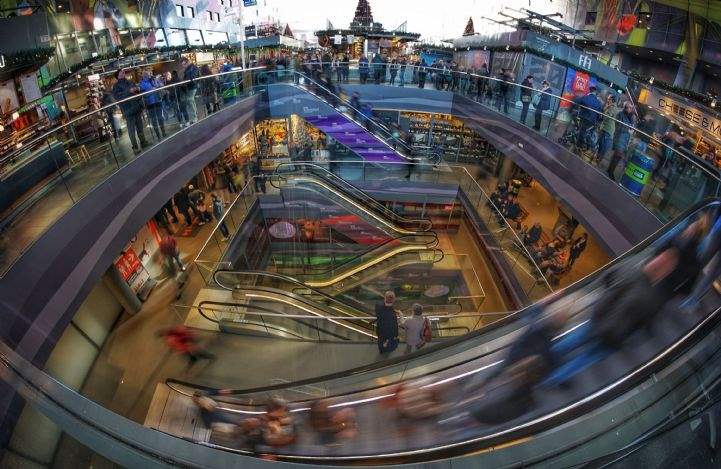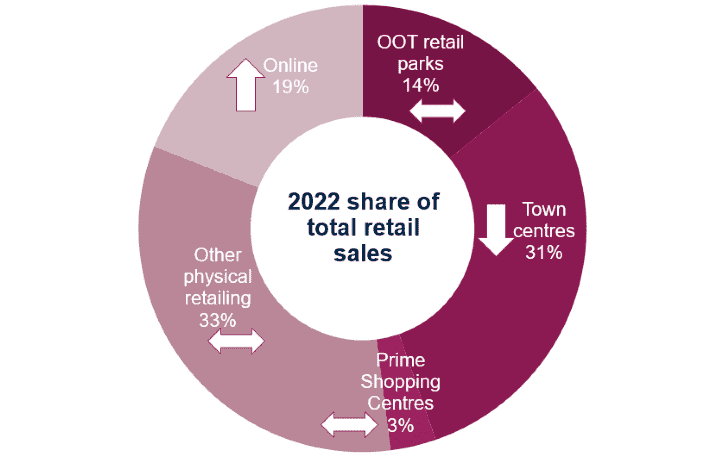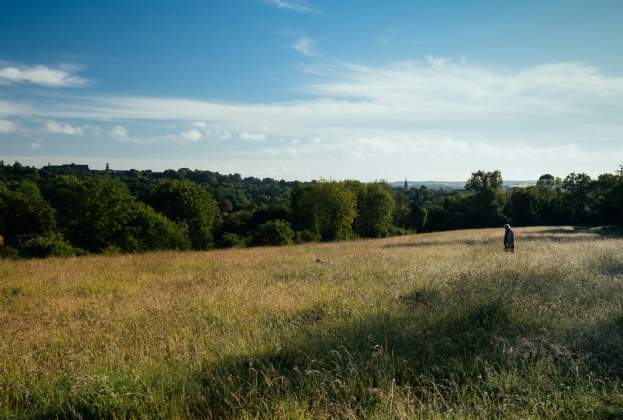We therefore still see opportunities for retail investors. The trick, however, is to throw away assumptions about what constitutes a ‘prime’ asset, and instead look closely at the each individual asset performs and, crucially, how well it fits its catchment area.
Until recently the ‘prime’ retail label has largely been used to encompass the high-end flagship malls that dot the UK. Many of these remain resilient to the UK’s shift to online shopping and can still offer good investment opportunities, but it shouldn’t automatically be assumed that this is the case. A shiny mall containing well-known retail names remains a strong investment if it’s located in an area of high consumer spend, but if the surrounding catchment area is tightening its belts those marbled walkways may remain empty.
Instead, we should think of prime retail as being those assets that offer a mix of shops and facilities that fit the profile of their catchment. A neighbourhood shopping centre, with a range of mid/discount retailers alongside community facilities such as a health centre or hairdressers, for example, may be a more resilient performer as it offers both convenience and value.
Similarly, an out-of-town retail park which is dominant in a local area and hosts retailers specialising in areas relatively insulated from online shopping (such as homeware and gardening) could likewise be a savvy choice. Even if the retail mix on such sites isn’t immune to the march of online, these locations could still be suitable locations to be transformed into hubs for click & collect orders and returns if their internal space is carved up to be more warehouse, less shopfront.
These assets may have previously been labelled as secondary but arguably have now superseded their more glamorous cousins as prime due to the way they perfectly serve their catchment.
The slightly knee-jerk blanket repricing of the sector in response to the recent negative headlines also potentially provides opportunities for investors to buy assets whose strengths have been overlooked at a discount. Again, a close examination of the fit to catchment may reveal a hidden gem.
*Source: Real Estate Forecasting, 2018-2022% pa
Further information
Read more Savills: 2020 set to see spike in property refinancing, bringing opportunities for alternative lenders


.png)
.jpg)

.jpg)

.jpg)


.jpg)
